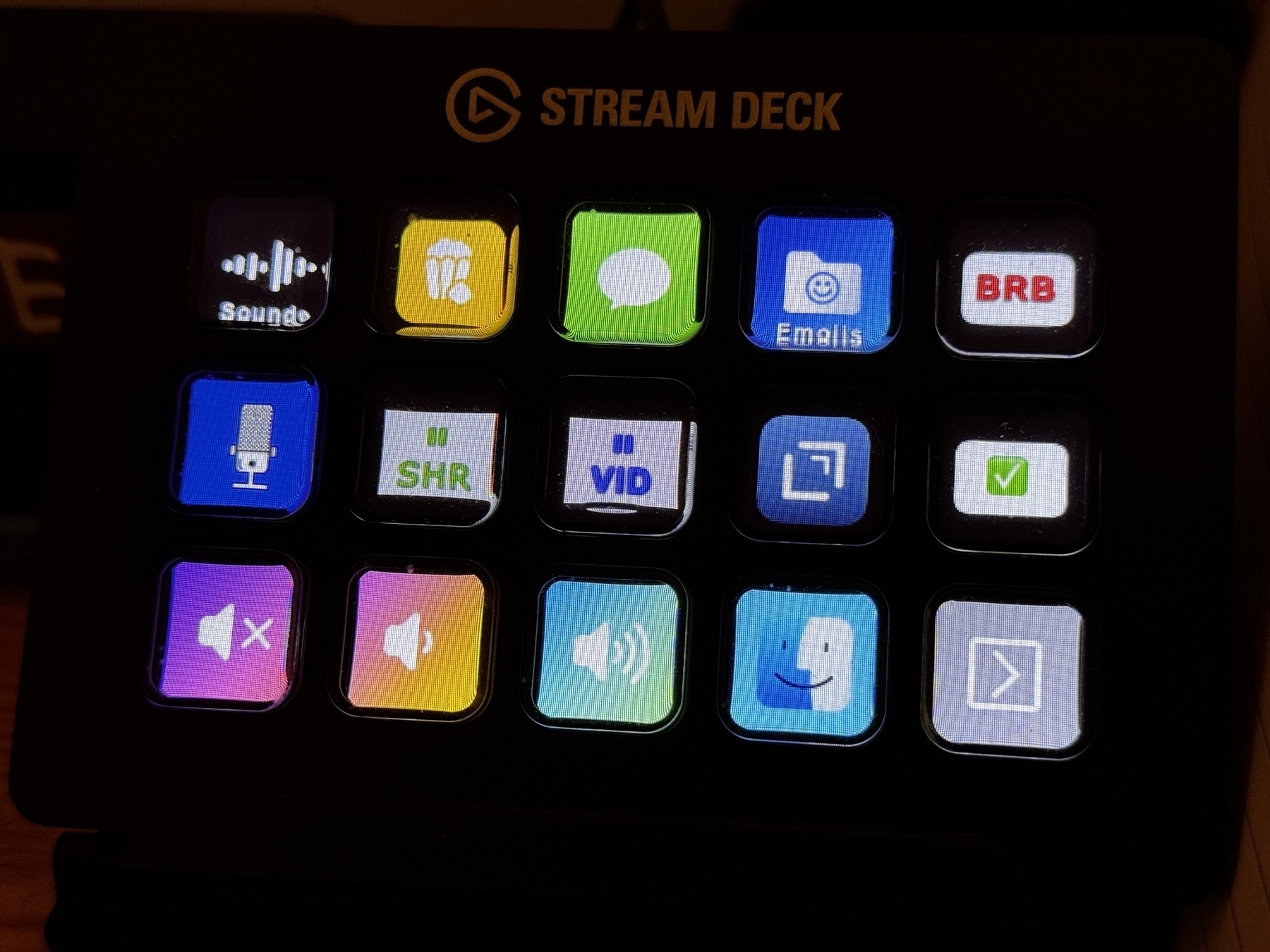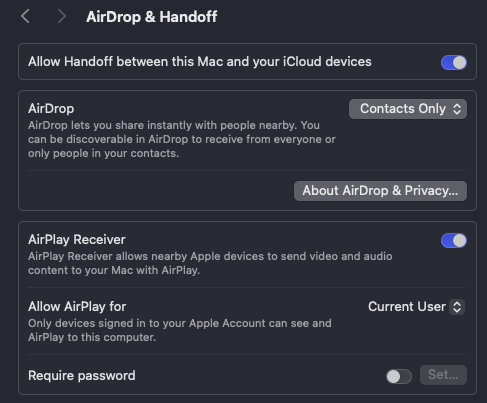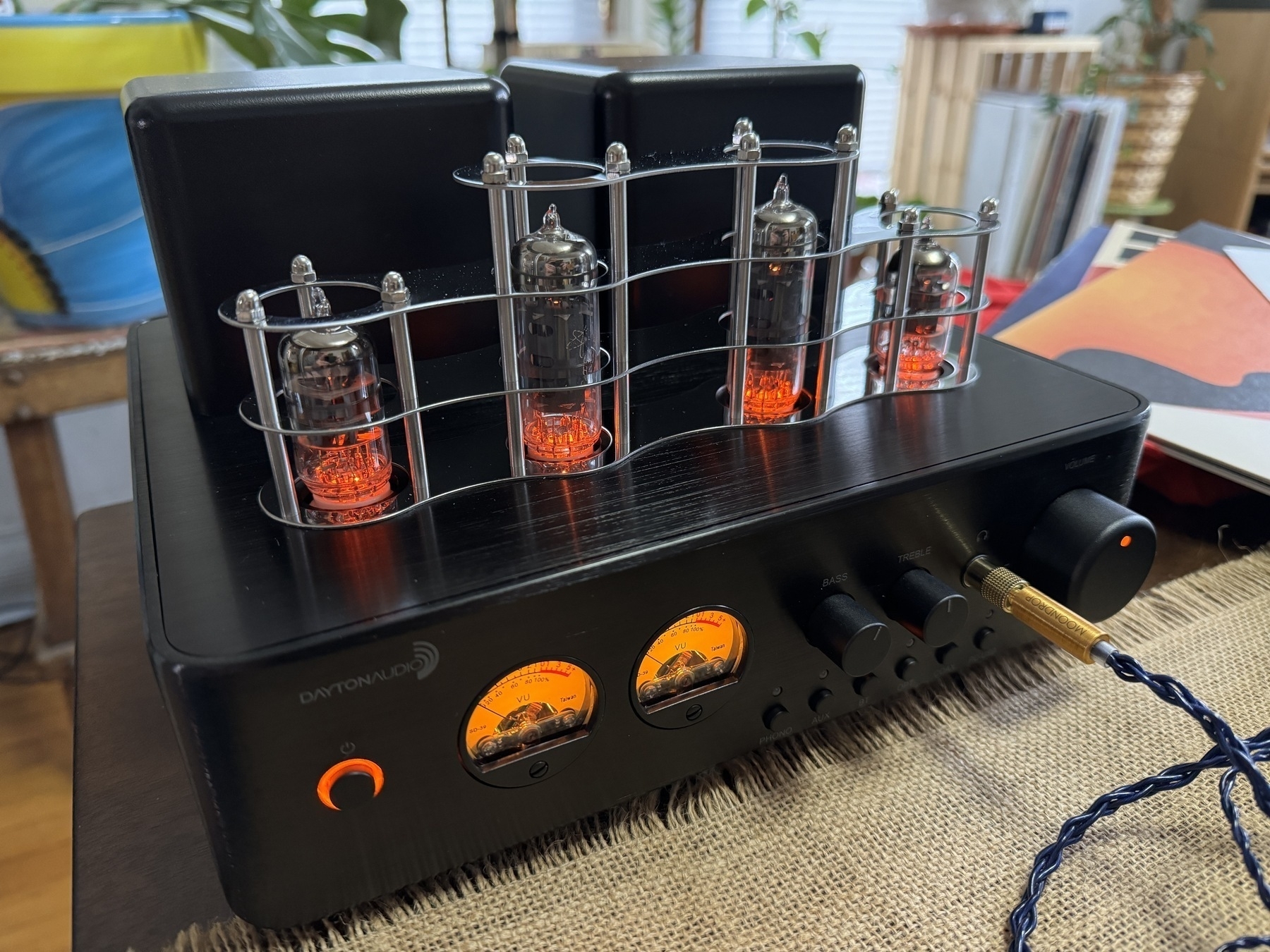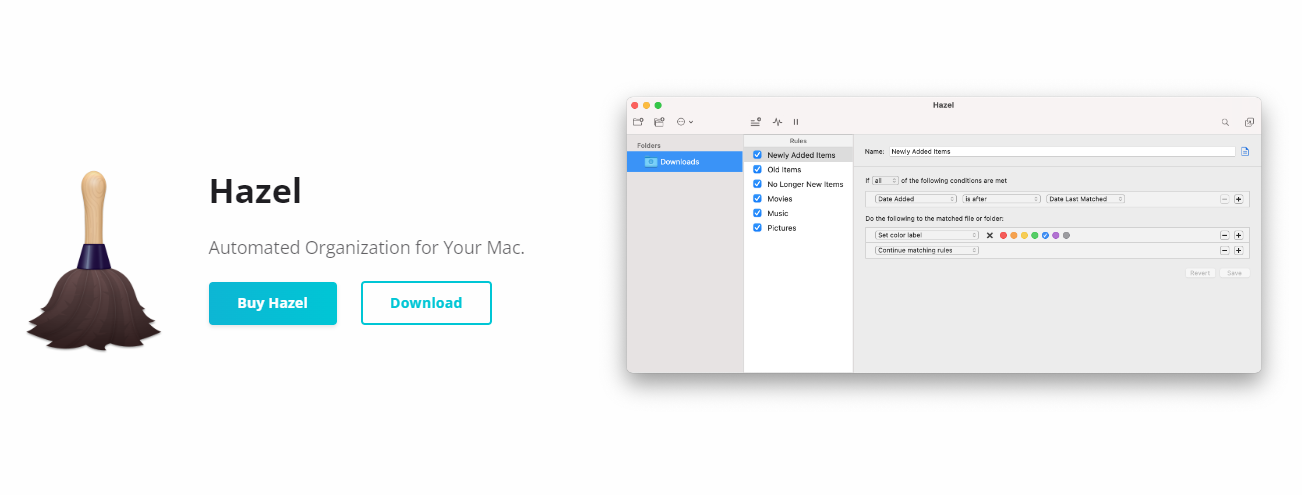Now this is an interesting development.
Tech, writing, criticism, esoterica. The posting will continue until morale improves.
On The Cruel Tyranny of Watchability
I’ve been thinking recently about how the content ecosystem (see also: The Content Era) doesn’t select for excellence, originality, or charisma. Rather, it selects for a kind of mysterious X-factor: watchability. Watchability is the …
My Only Swerving
Traveling Through The Dark by William Stafford
Traveling through the dark I found a deer dead on the edge of the Wilson River road. It is usually best to roll them into the canyon: that road is narrow; to swerve might make more dead.
By glow of the …
Eleanor Catton on Literature and Elitism
“Consumerism, requiring its products to be both endlessly desirable and endlessly disposable, cannot make sense of art, which is neither."
(Note: This article originally appeared in Metro circa 2013. I can no longer find it online, so …
Buttoned Up: The Elgato Stream Deck In Action
An Elgato Stream Deck is a wonderful tool for any power user. I’ve been a happy user for years, and I only really scratch the surface of what the device can do.
This is the default resting state of my Stream Deck when I’m not in a …
Gatekeeping 103: Keeping Apps from Appearing in Your Mac's Dock via Handoff
If you run multiple Apple devices, you might notice that apps from your other devices occasionally pop in your Mac’s dock. The Messages app might appear, for instance, if you’re looking at a message on your watch. A Safari tab from your …
Albums That Jay Bellerose Has Played Drums On, Collected For No Reason At All And Arranged Neither By Quality Nor Relevance
Hugh Laurie: Let Them Talk (2011), Didn’t It Rain (2013)
Aimee Mann: Lost In Space (2002), The Forgotten Arm (2005), One More Drifter in the Snow (2006), @#%&*! Smilers (2008), Charmer (2012), Mental Illness (2017)
Alexi Murdoch: Time …
Getting Tubular with the Dayton Audio HTA100
I’m the proud new caretaker of a Dayton Audio hybrid tube amplifier. I’ve wanted to get into tube amplification for a long time. This solution seems like a great starting point– the efficiency (and temperature) of solid-state power …
Re: Rapid Log, I’ve established a daily log in Obsidian and installed the Actions for Obsidian app on all the platforms to hopefully allow my work iPad, work PC, home Mac, and phone to log to the note. Quick entry with the Stream Deck?? #shortcuts …
Love optimized charging. Sits patiently after gassing up to top off before I get up around 6.
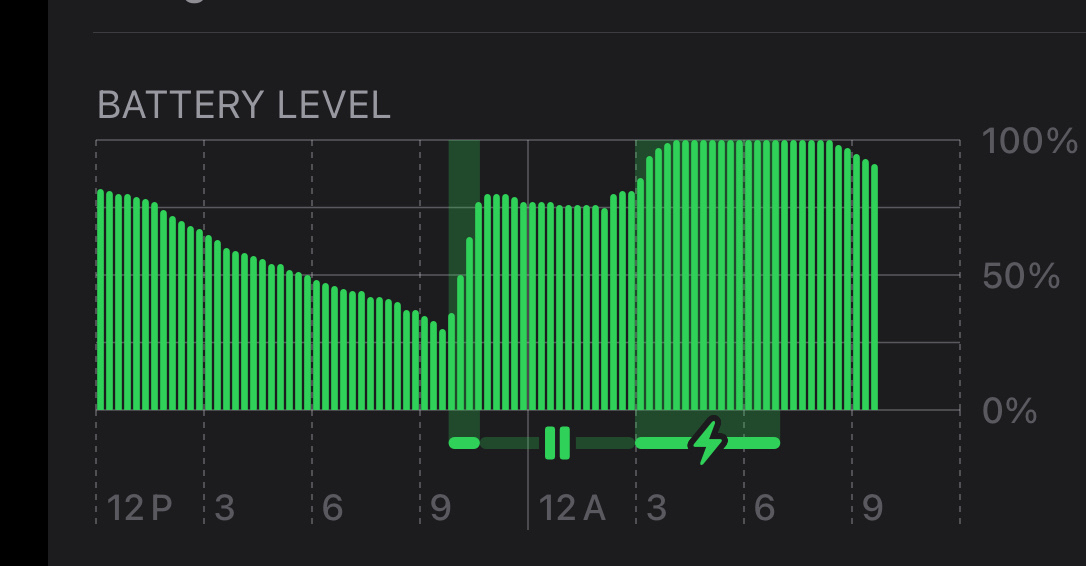
Thinking about the idea of a daily rapid log that gets archived every night. Supported by something like a Drafts action that appends something to the end of a note. Maybe a shortcut connected into Obsidian.
Linking an Omnifocus Perspective to an iOS Focus Mode
I’d love to build a basic automation in Omnifocus that allows me to tie a focus mode to certain perspectives. When I’m in my office, for example, a geofence triggers my Work focus mode. That focus mode already filters my calendars (in the …
Automating a Music Library Disaster with Hazel
A few months ago, Apple’s Music app decided I needed to back up my music. At least, that’s what I’m assuming happened. Somehow, by some act of God, my music library was populated with a duplicate file of every song in my collection. …
Current home screens— I’m working on stripping out as many icons as possible and replacing them with shortcuts designed to trigger the specific things I need those apps for.

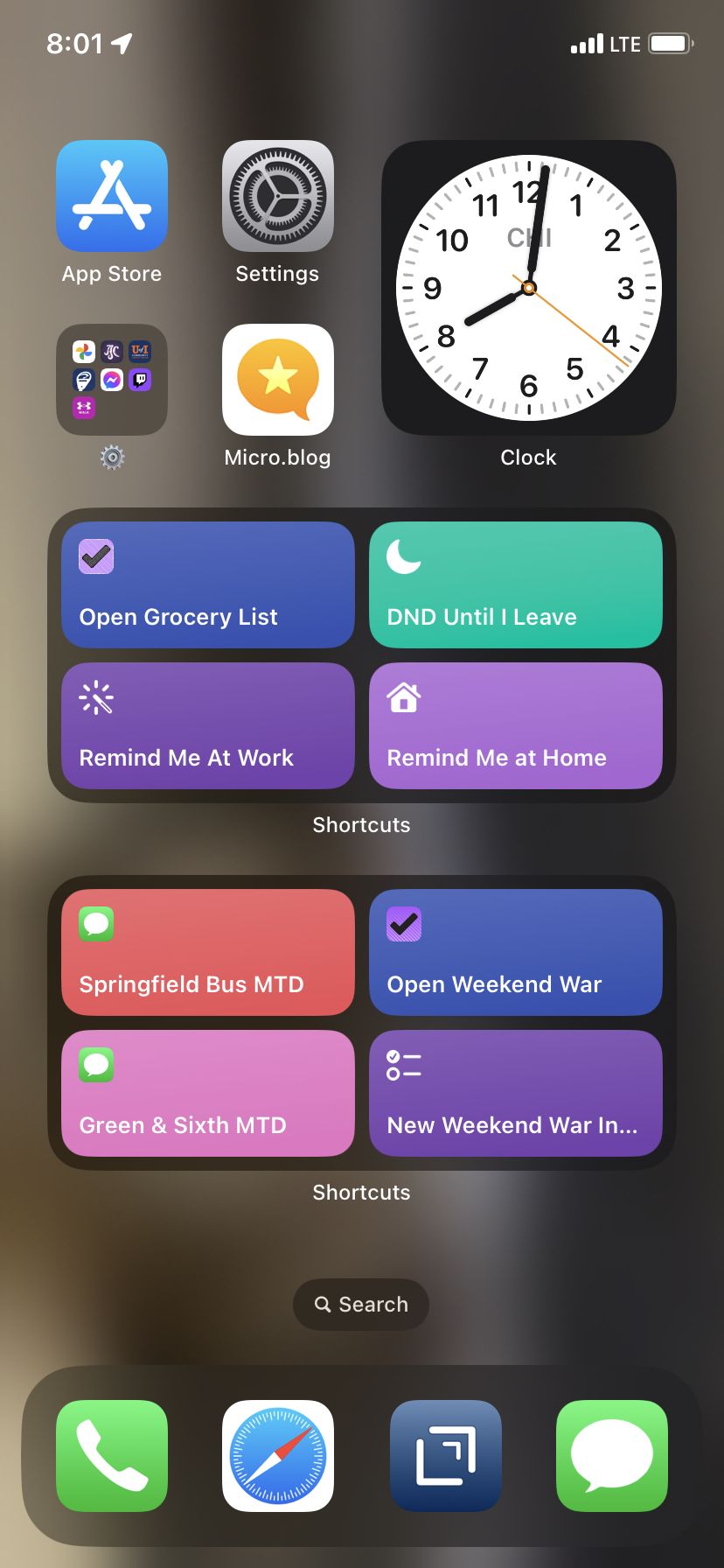
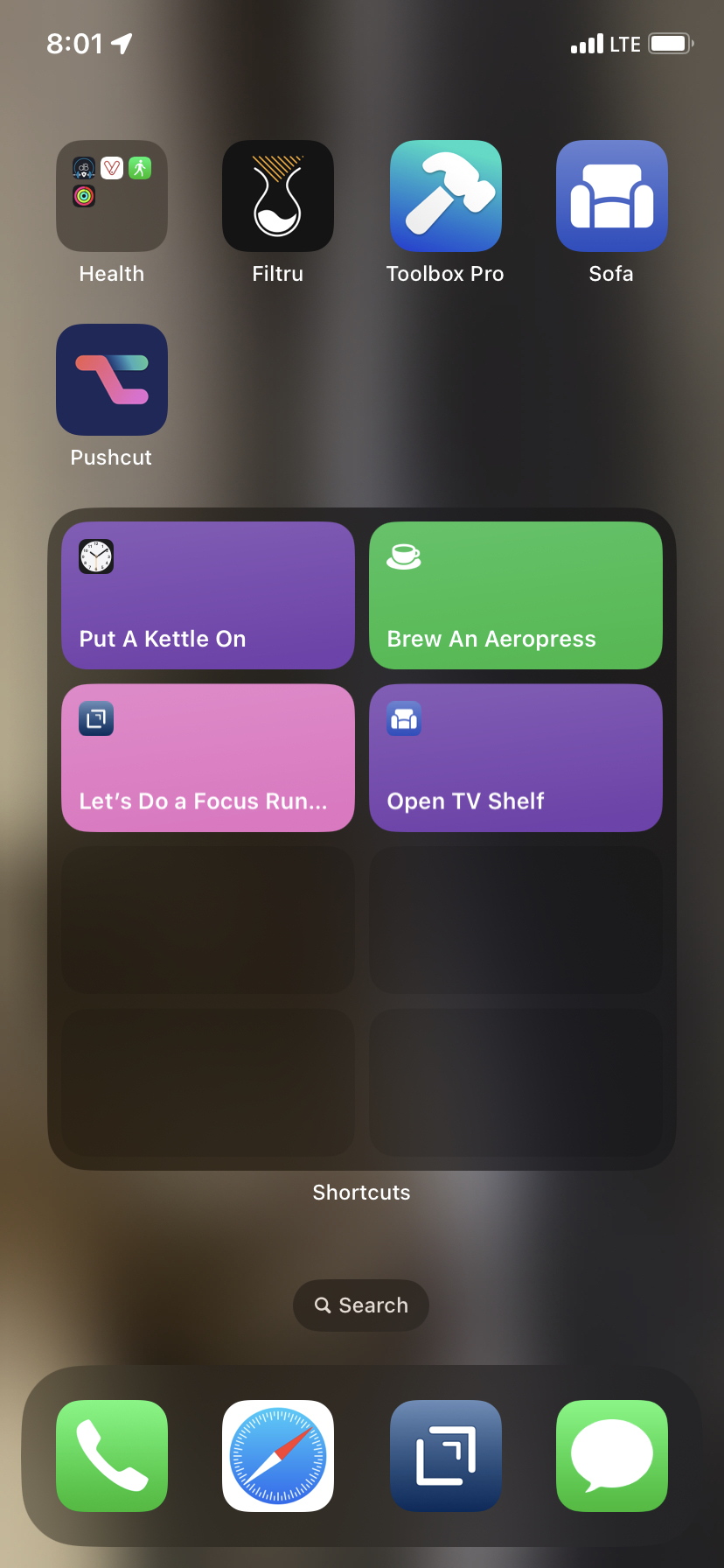
I’m fascinated by workspaces and studios. I love to see the infrastructure behind creation and creativity.
The Only Thing Worse than Being Seen is not Being Seen
From an interesting piece on The Verge:
They each seem to have spontaneously discovered that shortform videos from strangers are simply more compelling than the posts and messages from friends that made up traditional social media. Call it the …
This week in TikTok
File under “Well this certainly won’t help your case, Jim.”
TikTok Browser Can Track Users’ Keystrokes, According to New Research
In the web browser used within the TikTok app, supplementary code lets the company track every …
“Remember that you are dust, and to dust you shall return.”
Have you seen this cat?
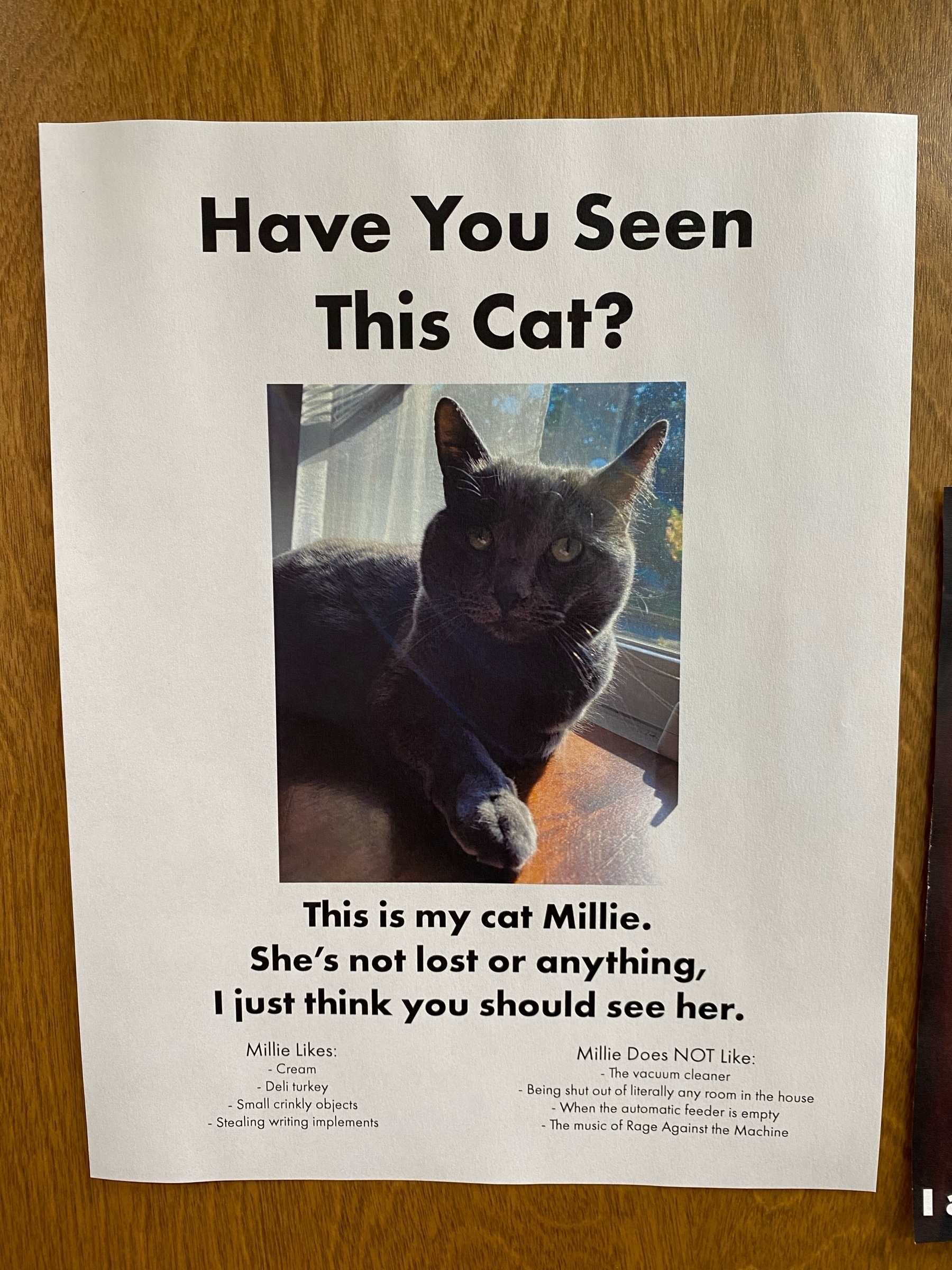
Please always remember that the only one who wins is Mr. McBean.
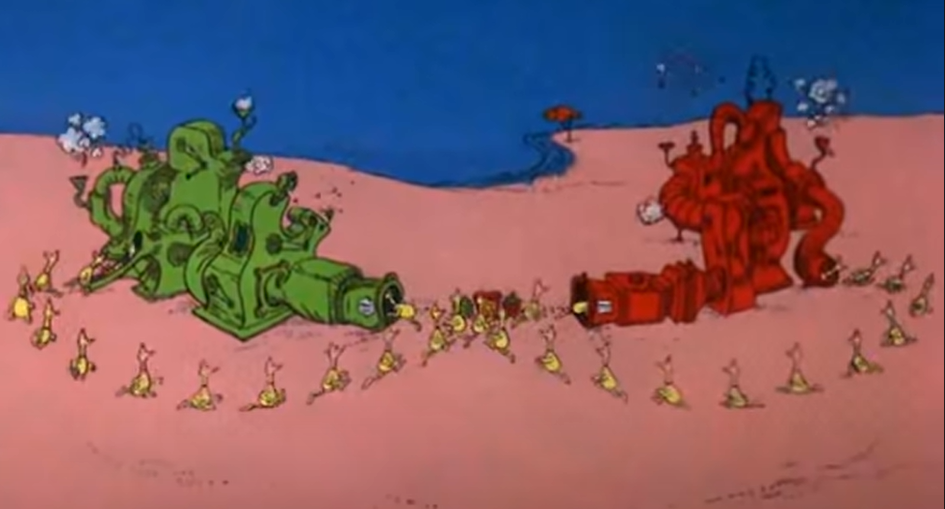
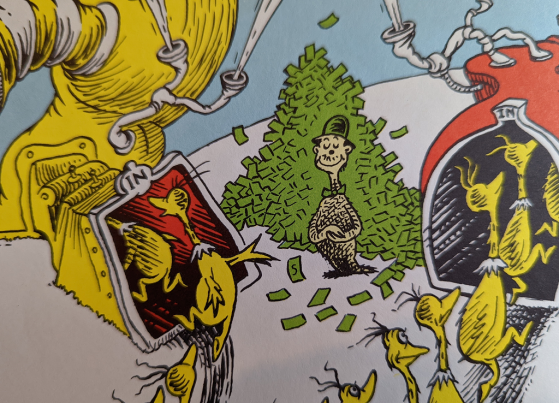
I’ve never been more proud of an Arkham Horror deck title than I am for my “Darrell Simmons, the Photographer” deck.
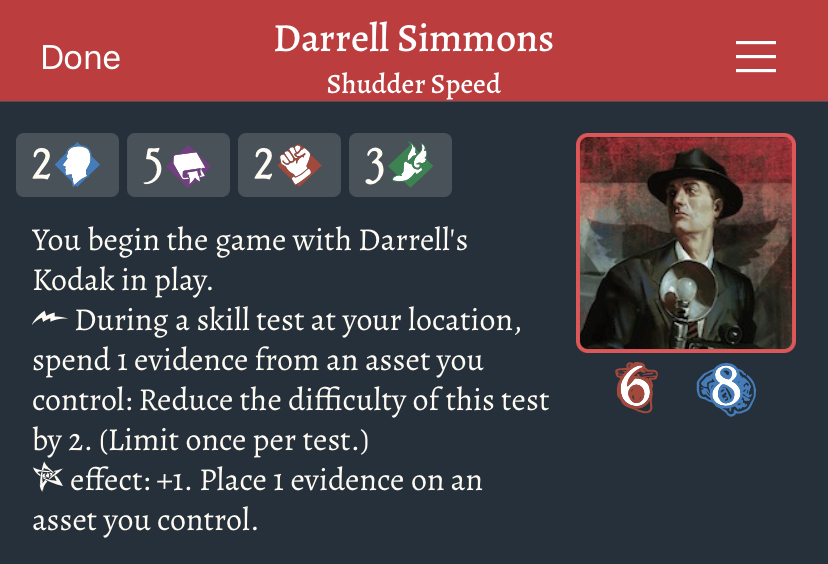
“Gentle on the ear you whisper softly, rumors of a dawn so embracing. Breathless love awaits darkened souls; soon will we know of the morning.”
The point of art is encounter, experience– if you’re continually framing that encounter as primarily a function of your own brand or politics, you’ll lose the track on what makes art important in the first place.
Lynch on Creativity and Ideation:
“I get ideas in fragments…it’s as if in the other room, there’s a puzzle; all the pieces are together. But in my room, they just flip one piece at a time into me. The first piece that I get is a fragment of the whole puzzle, …

